With the proliferation of modern opening theory and advances in knowledge of the game, I wonder sometimes if the kind of coruscating brilliance and originality that Mikhail Tal possessed will ever be seen again. Tal, the ‘Wizard of Riga’, was able to summon up lightning attacks from the most unpromising-looking positions. Last week we saw one of Tal’s sparkling efforts from his Candidates tournament victory of 1959 — a sensational result which propelled him directly to a successful championship challenge against the redoubtable Botvinnik. This week, here is another of Tal’s wins from that qualifying event, one of his clean-sweep quartet that demolished Bobby Fischer.
Tal-Fischer: Candidates Tournament Bled/Zagreb/Belgrade 1959; King’s Indian Defence
1 d4 Nf6 2 c4 g6 3 Nc3 Bg7 4 e4 d6 5 Be2 0-0 6 Nf3 e5 7 d5 Nbd7 8 Bg5 h6 9 Bh4 a6 10 Nd2 Qe8 11 0-0 Nh7 12 b4 Ng5 13 f3 f5 14 Bf2 Qe7 We have a typical King’s Indian Defence set up. In this particular case White’s queenside initiative slightly eclipses Black’s kingside attacking chances. 15 Rc1 Nf6 16 c5 Bd7 17 Qc2 Nh5 18 b5 Tal is quick to pick a fight, but objectively stronger is 18 Kh1 Nf4 19 Bc4 (intending c6) 19 … Kh8 20 Be3 with strong queenside pressure for White. 18 … fxe4 19 Ndxe4 Nxe4 20 fxe4 Nf4 21 c6 The queenside opens, but at the same time, Fischer begins to generate kingside play. 21 … Qg5 22 Bf3 bxc6 (see diagram 1) 23 dxc6 This move allows Black’s kingside play to flare up. Correct was the remarkable counterintuitive zwischenzug 23 h4!! After 23 … Nh3+ 24 Kh2 Qe7 25 Bg3! Nf4 26 dxc6 Be8 27 a4 Bf6 28 Bxf4! exf4 29 Nd5 Qd8 30 b6! Bd4 31 Kh3! cxb6 32 Bg4! suddenly c7 is coming and Black is busted. 23 … Bg4 24 Bxg4 Qxg4 25 Be3 axb5 26 Bxf4 exf4 27 Nxb5 Rf7 Too slow. 27 … f3! is fine for Black. 28 Qc4 Rc8 Fischer goes passive and begins to lose the thread of the position, as the initiative swings to White. Black’s rook needs to remain on the a-file to try and slow White’s passed a-pawn. Therefore necessary was 28 … Kf8. 29 Rf3 Be5 30 Rcf1 Kg7 31 a4 Ra8 32 Kh1 Qg5 33 g3 Raf8 34 gxf4 (see diagram 2) 34 … Bxf4 This move enhances the pin on the f-file. After 34 … Rxf4?? 35 Nxc7 a mega fork on e6 can’t be prevented, so Fischer had to try 34 … Qg4. 35 Nd4 Now the monster e6 fork is unavoidable. 35 … Qh4 36 Rxf4 Rxf4 37 Ne6+ Kh8 38 Qd4+ R8f6 Also losing are: a) 38 … Kg8 39 Qg7 mate, b) 38 … R4f6 39 Nxf8 and c) 38 … Qf6 39 Rxf4 Qxd4 40 Rxf8+ Kh7 41 Nxd4 leaves White up a rook and a knight. 39 Nxf4 Kh7 40 e5 dxe5 41 Qd7+ Black resigns
Notes to the above game are based on those from the new book Tal: Move by Move by Cyrus Lakdawala, published by Everyman Chess.
The current Candidates tournament in Moscow is nearing its conclusion. The general strategy among the leading players has been to wait for unforced errors, rather than go for the jugular in the style of Tal. (See puzzle.)
Got something to add? Join the discussion and comment below.
Get 10 issues for just $10
Subscribe to The Spectator Australia today for the next 10 magazine issues, plus full online access, for just $10.

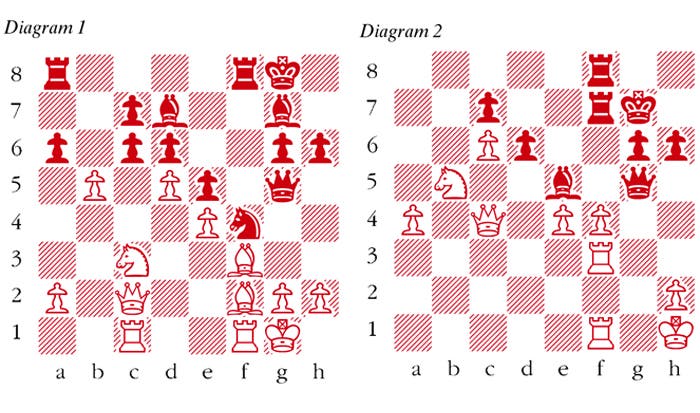
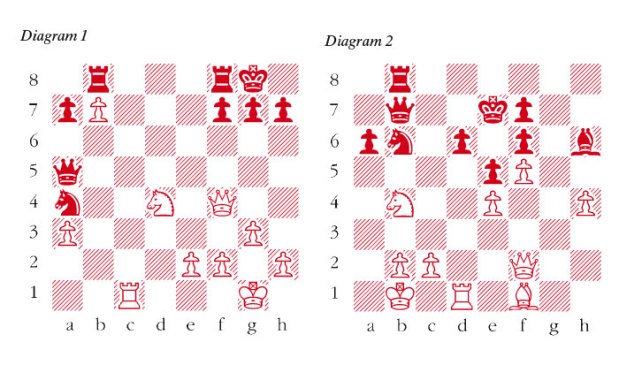
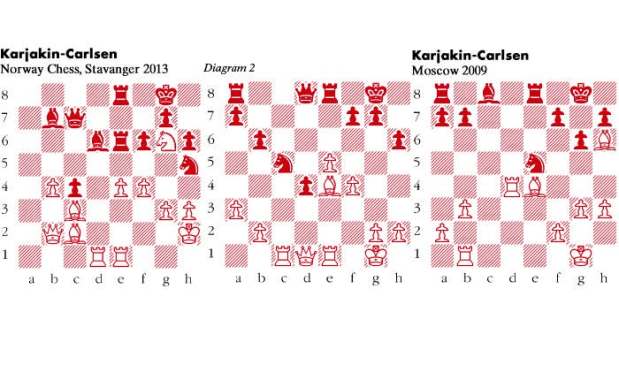
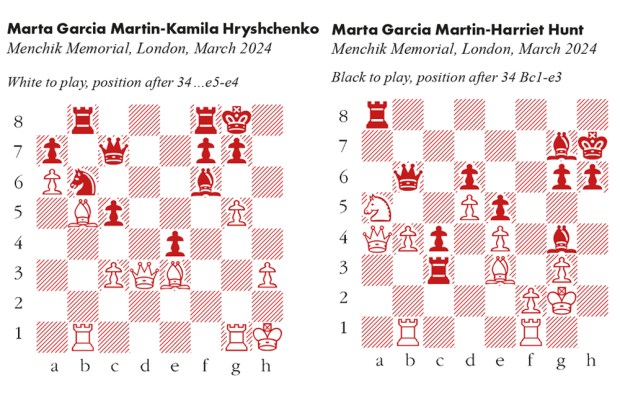

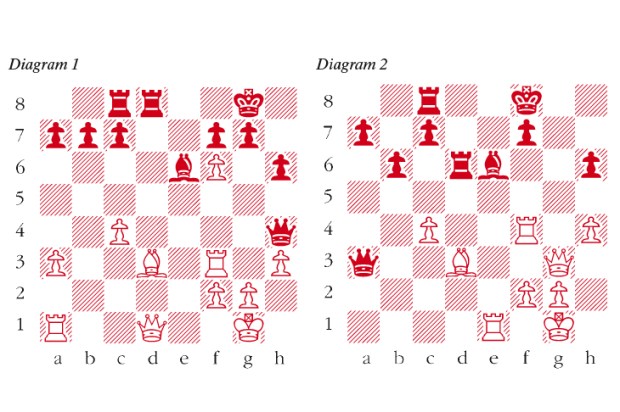
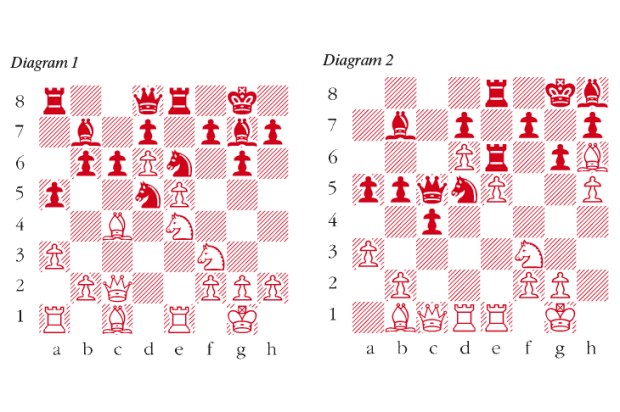






Comments
Don't miss out
Join the conversation with other Spectator Australia readers. Subscribe to leave a comment.
SUBSCRIBEAlready a subscriber? Log in